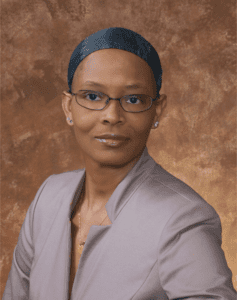In my "heritage algorithms" work, we interviewed traditional textile artists and others, creating simulation tools that showed statistically significant improvement for CS education with underrepresented students. In my work on AI, we co-design applications with artisans to ensure that they preserve their agency and creativity while improving their productive capabilities.
I started life in a low-income community in Jamaica. After moving to New Jersey, school became my refuge, and it gave me a life-long love for learning. I attended Dartmouth and Yale in graphic design, and became a professor at Rensselaer, where I met my life partner, professor Ron Eglash. My graphic design background and his computer science background combined to create the wide range of simulations, platforms and AI applications our research has developed over the delightful years of collaboration.
Redesigning tools such as AI to empower low-income communities.
Art and design is a fundamental part of human expression. Yet it is often the lowest paid form of work, and the most vulnerable to appropriation by AI and other forms of domination. It is very exciting to be part of the "emancipation" of this form of human creativity, and to make technology a tool for that purpose.
I make a traditional Jamaican black cake by soaking dried fruit in rum for 12 months.
I teach typography, and conduct research on fonts for special purposes such as helping people with dyslexia.
I recently conducted research at the Smithsonian on how blind visitors can participate in art appreciation.
